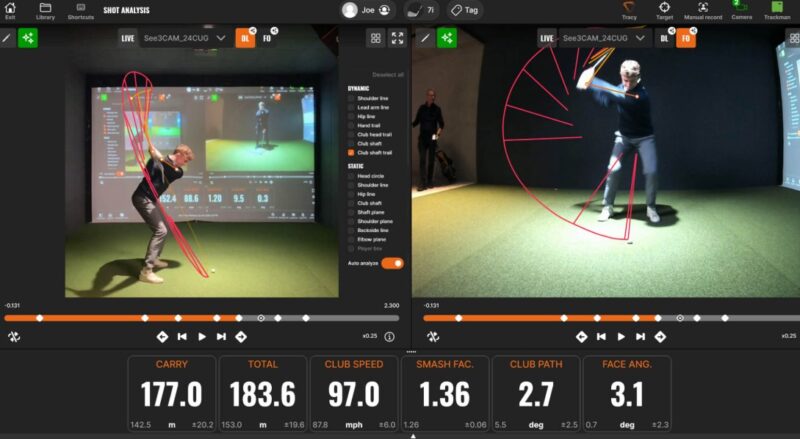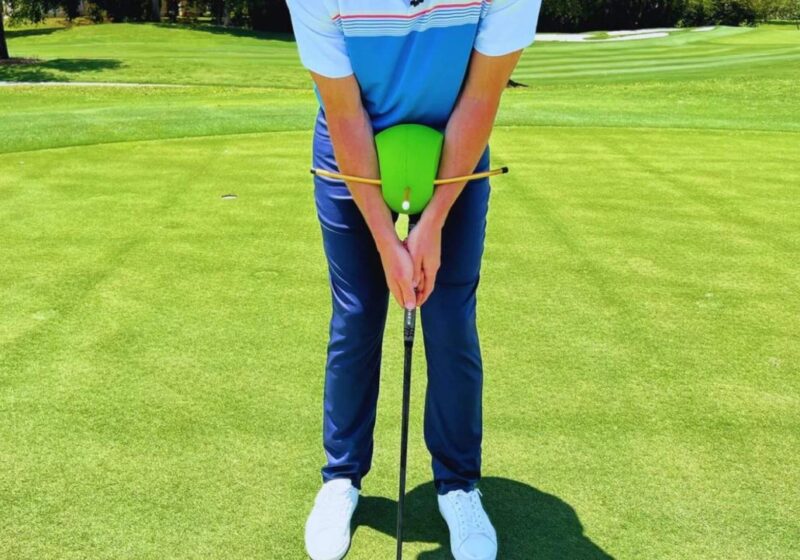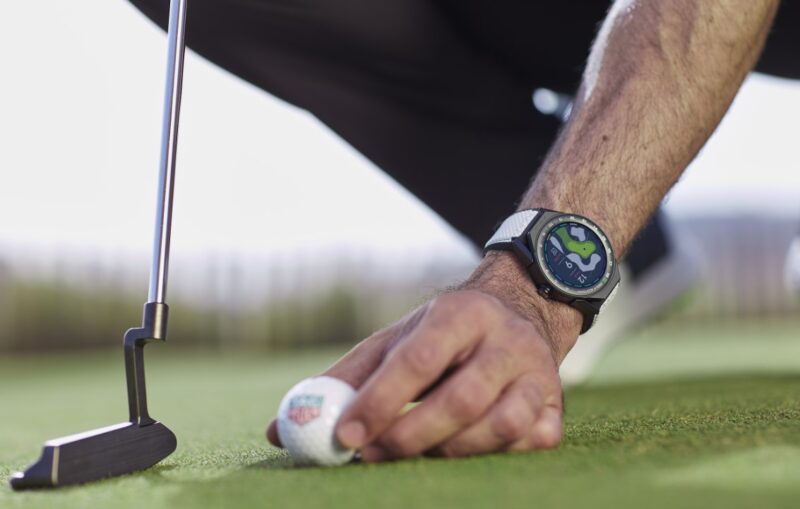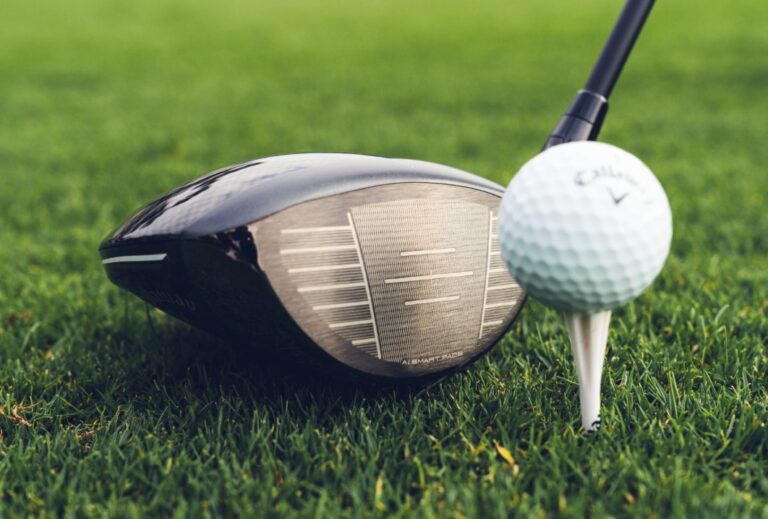Golf in 2025 isn’t just about clubs, swings, and practice, it’s about data, sensors, and real-time insights. As someone who’s both a lifelong golfer and tech enthusiast, I’ve seen how fast this sport is evolving. We’re not just guessing anymore. We’re analyzing. We’re optimizing. We’re upgrading every part of the game with artificial intelligence and connected gear.
Key Highlights
- AI tools now deliver real-time feedback on your swing, tempo, and posture.
- Smart golf balls track spin, launch angle, and even location via GPS.
- Tech is great, but proper shoes and gear still play a huge role in performance.
- Virtual caddies suggest clubs, reads greens, and offer course strategy based on AI.
- Golfers now rely on connected devices for data-driven practice and performance.
- The future of golf blends tradition with intelligent, personalized tech experiences.
AI-Powered Swing Analysis
Let’s start with the core of every golfer’s game: the swing. In 2025, you don’t need a coach standing behind you with a clipboard, you’ve got artificial intelligence watching every move. Platforms like Arccos and Garmin Approach now use AI to study your form, club path, face angle, and timing. But these aren’t just glorified sensors.
AI learns your patterns over time. It knows when you’re dipping your shoulder on a drive or opening your wrists too much on chip shots. And instead of just flagging errors, it recommends micro-adjustments. The result? Faster improvement without overhauling your swing.
This feedback happens in real time. Swing, check your phone or watch, and see metrics like:
- Clubhead speed
- Face angle at impact
- Attack angle
- Tempo consistency
It’s like having a coach in your pocket, one who never sleeps, never forgets, and always has the data.

Smart Golf Balls and Clubs
Smart golf balls might sound gimmicky at first, until you actually use one. Brands like OnCore and Titleist have developed balls embedded with microchips that record:
- Ball speed and spin
- Launch angle
- Apex height
- Roll distance
- GPS location
You hit it, and within seconds, your paired app shows a breakdown of what just happened. For mid-handicap players trying to dial in consistency, this is game-changing.
Then there are smart clubs. Companies like Cobra and TaylorMade have integrated sensors into the grips, tracking how you’re holding, moving, and impacting the ball. Pair it with your smart ball data, and you’ve got a complete picture of the shot, from takeaway to landing.
These tools don’t just show you numbers, they help you make decisions. Which club works best in the wind? Where are you consistently losing distance? You’ll know.
The Best Tech Is Useless Without the Right Gear
While high-tech tools are reshaping training and performance, your physical gear still matters. Trust me, I’ve tried to make a swing improvement while wearing subpar shoes, and it doesn’t end well.
The right pair of golf shoes improves your stability and traction, especially when you’re using swing-assist tools or smart club feedback systems. Think of them as the foundation for everything else. Without a solid base, your high-tech swing tracker is just measuring errors from instability.
In 2025, golf footwear has evolved, too. Modern shoes combine lightweight materials with smart grip zones, waterproofing, and breathability, everything you need for both performance and comfort. They work in sync with smart gear, ensuring your body moves correctly with minimal slip or strain.
For anyone looking to level up their setup in 2025, check out the Best Golf Shoes for Men to find footwear that combines comfort, grip, and modern style, but also find options that match your playing style, whether you’re walking the back nine or pushing for under par.

Virtual Caddies and On-Course Intelligence
Here’s where the future really gets wild, AI is now your caddie.
Apps like 18Birdies and GolfLogix are no longer just range finders. They use real-time course mapping, weather data, and your historical stats to recommend clubs and strategies. It’s not just “hit a 7-iron here.” It’s:
“Your 7-iron carries 155 on average, but this is uphill 8 feet with a 6 mph headwind. Go 6-iron with a controlled tempo.”
These systems consider everything:
- Past performance from similar lies
- Shot dispersion patterns
- Course elevation and slope
- Green contours and speed
Virtual caddies also help with on-course decision-making. Say you’re debating whether to go for the green in two or lay up. The AI simulates outcomes based on your data and makes a suggestion with risk-reward percentages.
For solo players or those without access to pro caddies, it’s the most intelligent assistant you can have.
Wearable Tech for Golfers
Wearable devices are no longer just for counting steps. In 2025, they’re golf-specific tools worn right on your wrist, belt, or even shirt collar, providing performance feedback and biometric tracking that actually improves your game.
Smartwatches like the Garmin Approach S70 and Apple Watch Ultra (with golf apps installed) now offer features like:
- Real-time heart rate monitoring during play
- Distance to front/middle/back of green on thousands of courses
- Tempo and swing tracking directly from the wrist
- In-round scoring and stat comparison
- Wind speed, elevation, and slope-adjusted yardages
This kind of wearable tech isn’t just “nice to have”, it gives you insight into how your body performs under pressure, how consistent your tempo is during long rounds, and when fatigue might start impacting your swing. You can also sync the data with your training app to get suggestions for improving stamina and swing consistency.
For players who care about long-term performance and not just gear, wearable tech is one of the smartest additions to the modern golf bag.

AI-Personalized Practice Routines
Golfers used to rely on general advice: “Hit the range more,” or “Practice your short game.” In 2025, that’s been replaced by ultra-personalized, AI-driven practice plans that adapt based on your real-world play data.
Let’s say your short irons are consistently short left, and your drives are trending too far right. The system (often connected to your swing tracker and virtual caddie app) notices the pattern, compares it with your previous sessions, and generates drills tailored to your exact needs.
These plans aren’t generic YouTube drills, they’re smart sessions that might look like this:
“Take 15 swings with a 9-iron at 75% effort. Focus on the inside path and face angle control. After every 5 swings, pause and review feedback on your app.”
Then it moves you to greenwork:
“10 putts from 6 feet. Your recent miss tendency is low-left. Use alignment aid X and set pace control at 85% of full stroke.”
What’s powerful here is that your practice isn’t wasting time. Every drill is specific, adaptive, and focused. It’s coaching without the coaching bill—based purely on your performance trends.
Where It’s All Going
So where’s this all headed?
We’re moving toward complete integration. Imagine stepping on the course, and every shot, every movement, every condition is being tracked in sync:
- Smart glasses overlay your ideal shot path
- Clubs self-adjust their weighting based on historical tendencies
- AI analyzes your practice patterns and builds custom drills
It won’t replace the human element of golf, that feel, rhythm, and connection to the game, but it’s enhancing it. Golfers will still need patience, focus, and discipline. But now, they’ll have tools that give them clarity, not just guesses.
Tech in golf isn’t about shortcuts. It’s about precision. It’s about understanding your game better than ever before. And for guys like me, who want every advantage without losing the love of the game, it’s the best of both worlds.

